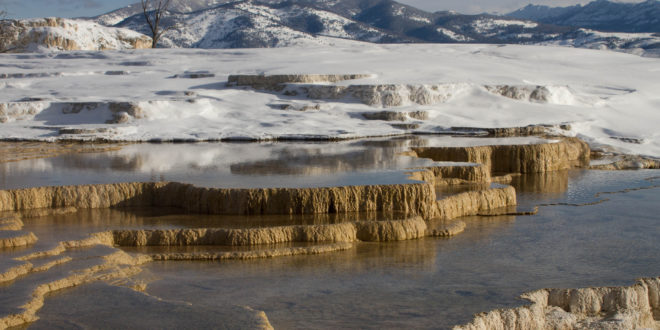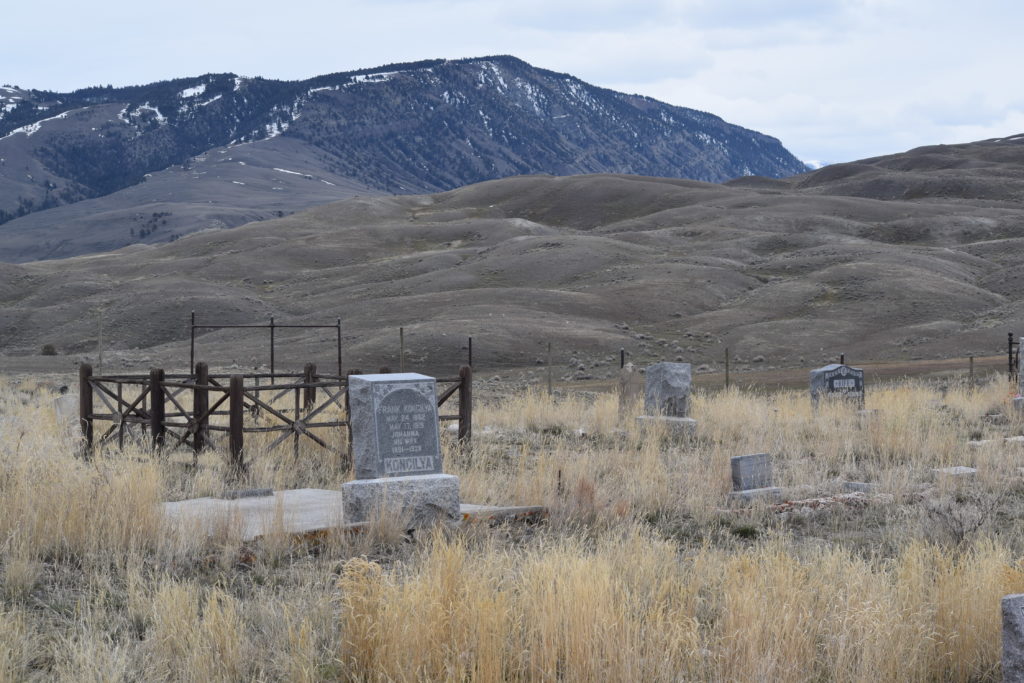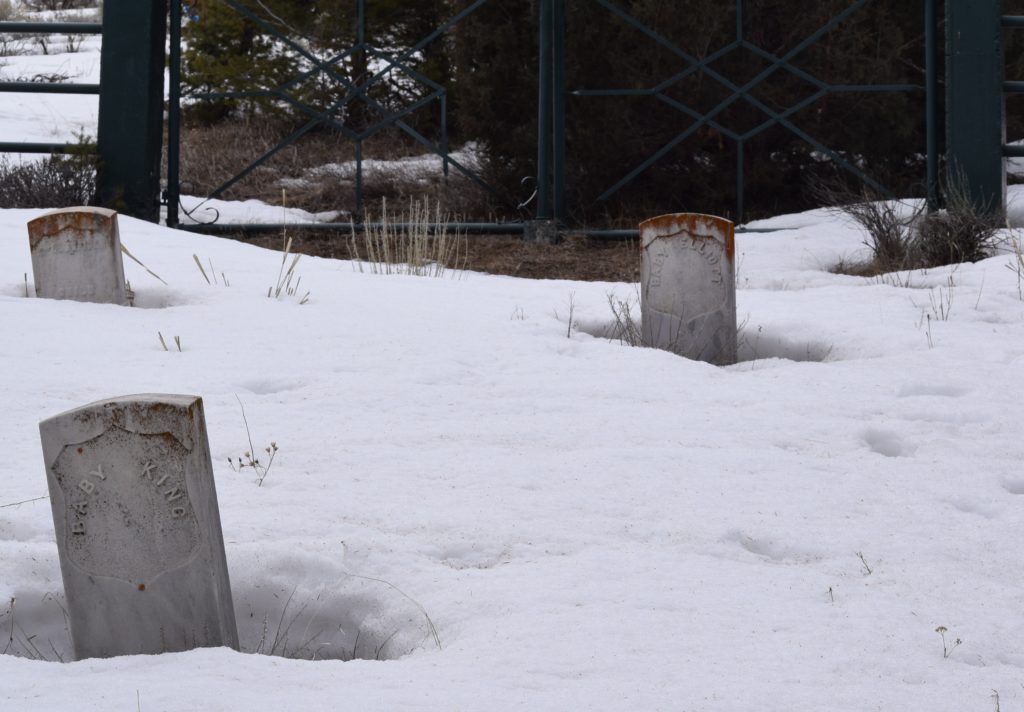It’s spring on the calendar, and nearly spring in Yellowstone National Park.
It’s been a rough season so far. Winter was long and snowy this year. Spring has been decidedly un-springlike, despite the re-appearance of robins, sandhill cranes, western bluebirds, and osprey.
Snowpack in the mountains is well above normal. The concern now is if the weather turns hot and stays hot, all that mountain snow could melt in a hurry and cause flooding.
But for now, at least, cool days along with nights near freezing make for a slow snowmelt. On Saturday, April 14 it was not, for the moment, snowing, and the roads, for the moment, were clear and dry.
I decided to take advantage of the less-than-awful weather and take a drive to the park from Livingston.
The Yellowstone River was still green, not yet muddy from snowmelt. Same for the Gardner River between Mammoth Hot Springs and Gardiner. The air temperature was in the low 50s, which felt pretty warm for a change.
There wasn’t much on my agenda for last Saturday’s trip. Any trails that might be open are muddy if not snow-covered. And I was alone, so especially not inclined to venture far off the road on my own. I might not encounter a hungry grizzly, but the chances are good this time of year of stumbling upon a winter-killed carcass of a deer, elk or bison. And where there’s winterkill, there’s bound to be a meat-eater anxious to defend its carcass, including from creatures that look like me. No thanks.
So I decided to check out two cemeteries in the Gardiner and Mammoth area. The Gardiner Cemetery (seen above) is a short distance from Gardiner on the old road that parallels the west side of the Yellowstone River. I’ve been up to the site several times over the years. The view is lovely, with a panoramic view of Gardiner to the east and Sepulcher Mountain nearly directly overhead to the south.
I walked carefully in the rows between graves, reading names and wondering what their lives were like. The cemetery has a number of unmarked graves, probably dating back to the early days of the town in the 1880s. Author Lee Whittlesey’s book, Death in Yellowstone: Accidents and Foolhardiness in the First National Park, contains separate appendices on Gardiner and two Mammoth-area cemeteries. He writes that the Gardiner cemetery was most likely established in 1880, the year the town was founded. A German man named John Hartz was known to have been buried there in 1886, Whittlesey wrote. The cemetery contains relatively recent graves as well.
While I walked around, a flash of movement to the east caught my eye—a jackrabbit. I snagged a few fast photos with my 200-millimeter lens, hoping the long-distant shop might crop into something useable. The jackrabbit, the park website states, is a white-tailed jackrabbit, which my photo confirmed. Jackrabbits are generally found at the lower elevations around Mammoth and Gardiner, according to the park website. The animal bounded away outside the cemetery fence.
I also visited the Fort Yellowstone Army Cemetery (seen below, located south of Mammoth near the former concession horse corrals. There was still quite a bit of snow on the ground at Mammoth’s elevation—6,735 feet above sea level compared to Gardiner’s 5,259—and the simple, Army issue headstones, some of them leaning, looked forlorn under gray skies in the dissipating snow.
Whittlesey writes there were 58 burials in the cemetery between 1888 and 1957, and 20 of the graves were moved to the Little Bighorn Battlefield near Crow Agency, Montana, in 1917. The cemetery contains the remains of U.S. Army soldiers and their families and civilian employees of the Army and their family members, too.
Whittlesey’s book contains a list, in chronological order, of those interred and, when known, the cause of death. Besides illness and age, men in Yellowstone were killed by runaway horse teams and wagons, exposure, and so on. One man was killed by a lightning strike. Sadly, there are numerous child graves.
One John Murphy, a civilian engineer, died in 1904 after falling “eight hundred feet after falling into a side canyon of Grand Canyon of Yellowstone while supervising a road crew on Mount Washburn,” according to information in Death In Yellowstone.
Maybe this was a slightly macabre way to spend an afternoon in Yellowstone, but fear not. Next week beginning Friday, April 20, it’s opening weekend! The North and West Gates open providing access to Old Faithful and Canyon. Remaining portions of the roads will slowly open throughout the month of May. See the exact dates here.
 Yellowstone Insider Your Complete Guide to America's First National Park
Yellowstone Insider Your Complete Guide to America's First National Park









You must be logged in to post a comment.